Welcome to the future of HR communication where the increasing efficiency of multilingual chatbot has rendered language barriers a thing of the past. A study by McKinsey concludes that AI-powered chatbots can address customer inquiries with 85% accuracy. Innovative conversational chatbots are transforming the way HR departments interact with employees, candidates, and stakeholders worldwide.
Multilingual Chatbots: Breaking Down Language Barriers in HR
6 mins

What is a Multilingual Chatbot?
Multilingual chatbots are AI-powered linguistic wizards, seamlessly navigating diverse languages to engage users globally. It breaks language barriers, offering a more personalized and intuitive conversational experience for multiple language speakers. By understanding and responding to users in their preferred language, multilingual API for chatbot enhances accessibility and engagement with quick responses tailored to individual needs.
What are the Roles of Multilingual Chatbots in HR?
Multilingual chatbots as virtual assistants are modern HR innovations, going beyond language barriers to become indispensable virtual assistants to employees across the globe. Smooth and optimized communication is key to employee engagement and these chatbots ensure just that! From recruitment to providing HR-related information, chatbots enhance accessibility across diverse linguistic landscapes with efficiency.
Also read: Transforming HR Processes: How to Enable Chatbot for Employee Engagement
Benefits of Multilingual Chatbots in HR
Surpassing Language Restrictions: Multilingual chatbots allow tailored interactions in various languages, eliminating communication barriers within multinational organizations, and fostering a cohesive and integrated workplace.
24/7 Support and Engagement: Offering round-the-clock accessibility, multilingual chatbots provide continuous support to employees, answering their unique queries with ready HR assistance.
Enhanced Accessibility and Inclusivity: Multilingual chatbots make HR information and services accessible to employees, regardless of their native language.
Efficient and Consistent Communication: These chatbots ensure consistent communication across language variations, reducing the likelihood of misinterpretations or misunderstandings.
Global Talent Acquisition and Onboarding: Multilingual chatbots facilitate global talent acquisition in preferred languages. During onboarding, these bots ensure that new hires receive information and guidance in a language they are comfortable with.
Also read: Automating Candidate Engagement: Chatbots and Generative AI in Recruitment
Implementing Multilingual Chatbots in HR
Choosing the Right Multilingual API for Chatbots
Selecting the ideal multilingual API for your chatbot starts by considering factors like language coverage, accuracy, integration capabilities, and ease of use. Ensure it aligns with your chatbot platform effortlessly, allowing diverse linguistic interactions for enhanced user experience. Thoroughly evaluate the API's documentation, support, and scalability to make an informed decision, ensuring your chatbot becomes a fluent and reliable communicator in every language.
Customizing Conversational Flows
Incorporate the following strategies to establish a personalized, culturally sensitive conversational experience:
Language Preference Detection: By identifying the user's preferred language, the chatbot can seamlessly switch to the appropriate linguistic context, ensuring personalized and effective communication.
Cultural Context Sensitivity: Design conversational flows that consider variations in language, etiquette, and communication styles across different cultures to enhance employee engagement.
Multilingual Keyword Recognition: Identify key terms or phrases in various languages to understand employee intricacies, even if they switch between languages within the same conversation.
Dynamic Content Generation: Create dynamic content that can be customized based on employees’ linguistic context, tailoring responses and recommendations relevant to each user.
User-Initiated Language Switching: Empower users to initiate language switching during the conversation. Implement a user-friendly command or button that allows individuals to switch between languages as needed. This flexibility accommodates multilingual users and enhances the chatbot's adaptability to diverse linguistic preferences.
Also read: How To Enhance HR Efficiency with Conversational AI Chatbot in Cloud HCM
Future Trends in Multilingual Chatbots
Here are some future trends to watch out for to facilitate effortless communication and engagement with multilingual chatbots:
Enhanced Language Proficiency: Anticipate multilingual chatbots mastering context, nuances, and colloquialisms, offering more natural and accurate language interactions.
Diverse Industry Applications: Beyond HR, expect multilingual chatbots to revolutionize customer service, e-commerce, healthcare, and various sectors globally.
Integration with Emerging Technologies: Multilingual chatbots will seamlessly integrate with emerging technologies, adapting to advancements and enhancing user experiences.
Dynamic Personalization: Future trends will see chatbots dynamically adapting to user preferences, delivering personalized and contextually relevant interactions across languages.
Global Communication Catalyst: Positioned as global communication catalysts, multilingual chatbots will transcend linguistic barriers, reshaping the way businesses engage with diverse audiences worldwide.
AI Advancements and Language Proficiency
The future of multilingual chatbots will meet remarkable growth, as AI continues to evolve. Chatbots will exhibit enhanced language proficiency, understanding context, nuances, and colloquialisms across multiple languages. Machine learning algorithms in HR will empower chatbots to dynamically adapt, ensuring more accurate, contextually relevant, and natural language interactions. Multilingual chatbots are not just linguistically capable assistants but also intuitive conversational partners.
Expanding Multilingual Chatbot Applications
The future of multilingual chatbots extends beyond HR dynamics – from customer service to e-commerce and healthcare, these linguistic virtuosos offer seamless interactions globally. Multilingual chatbots are forward-looking and integral across sectors, offering personalized and efficient communication in various languages. Their adaptability ensures a seamless fusion with emerging technologies, marking a future where multilingual chatbots revolutionize the way businesses engage with a diverse and global audience.
As HR leaders, embracing multilingual chatbots is not just a technological advancement but a strategic imperative. By leveraging these innovative tools, HONO aligns organizations with future-ready inclusivity, efficiency, and effectiveness in their HR strategies.
The Future of Employee Interaction, Powered by HONO Bot
HONO Bot isn't just another chatbot. It's a gateway to a more streamlined, intuitive, and empowering employee experience.
Built for Growth: Effortless onboarding of new use cases and its foundation on the Microsoft Bot Framework ensure scalability and flexibility for your organization's evolving needs.
Globally Minded: Language barriers melt away with HONO Bot's multilingual capabilities.
A Legacy Upgraded: Seamless migration of ESS and MSS functionalities makes the transition a breeze.
Proactive & Discreet: Keep employees informed with targeted notifications (coming soon!) and protect sensitive data with the one-time view message feature.
Customization at Your Fingertips: From the bot's name and icon to tailored responses for different organizational units, HONO Bot adapts to your company's unique needs.
The Takeaway: HONO Bot isn't a one-size-fits-all solution; it's a dynamic tool designed to simplify HR processes and enhance employee interaction across your global workforce. Ready to experience the transformation?
Schedule a Demo Now!
.png?width=70&height=70&name=Team%20HONO%20logo-01%20(1).png)
Team HONO

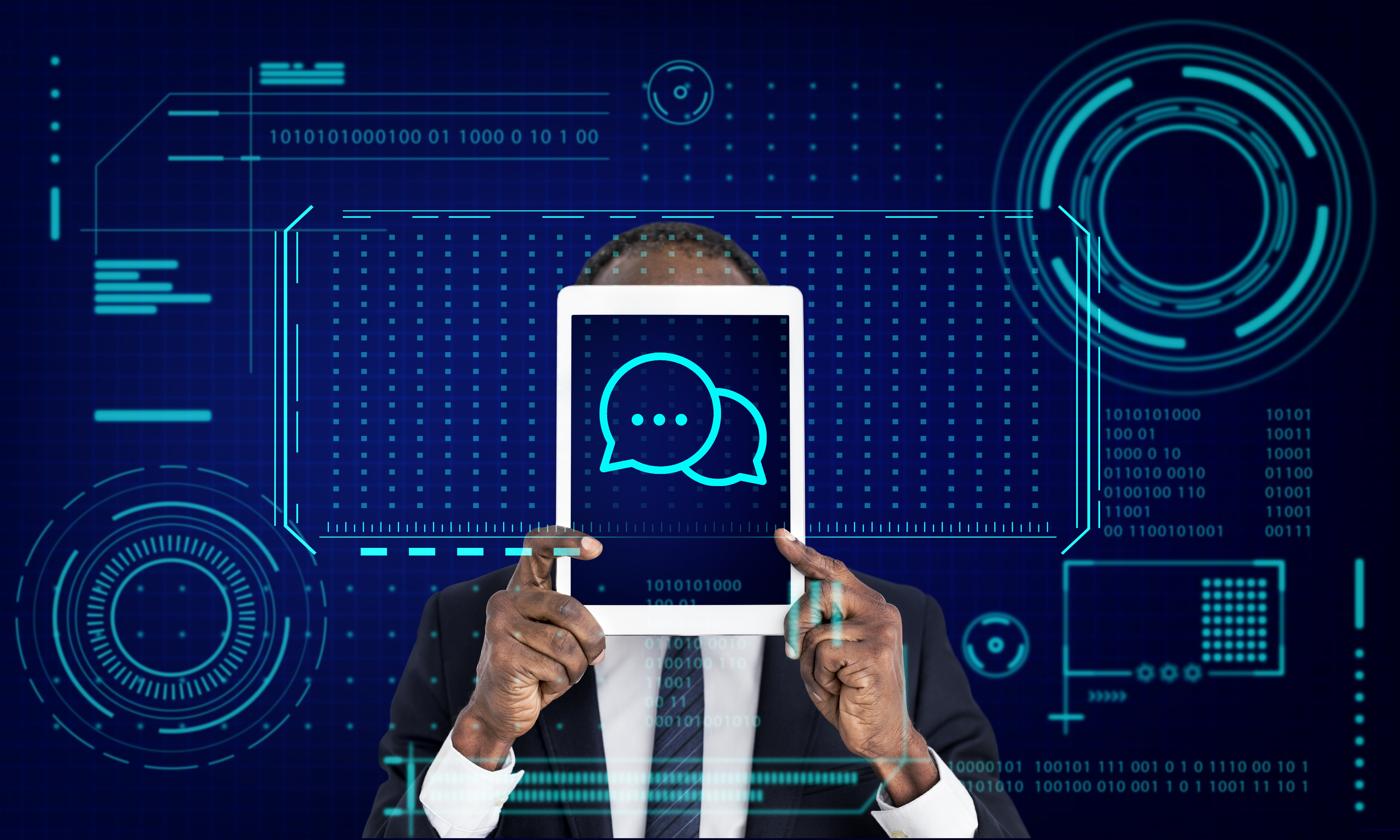
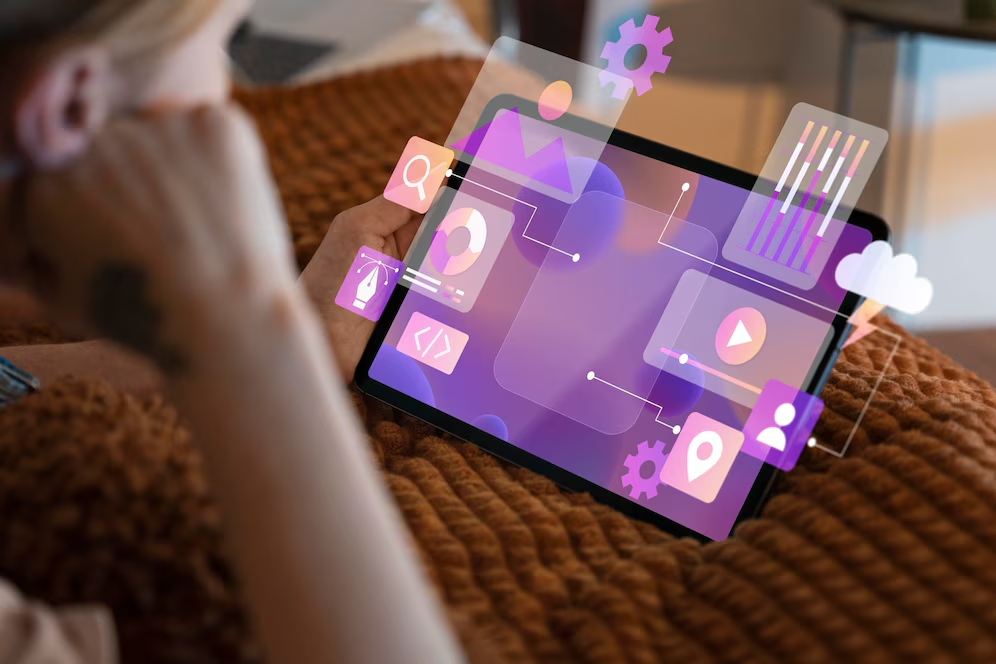
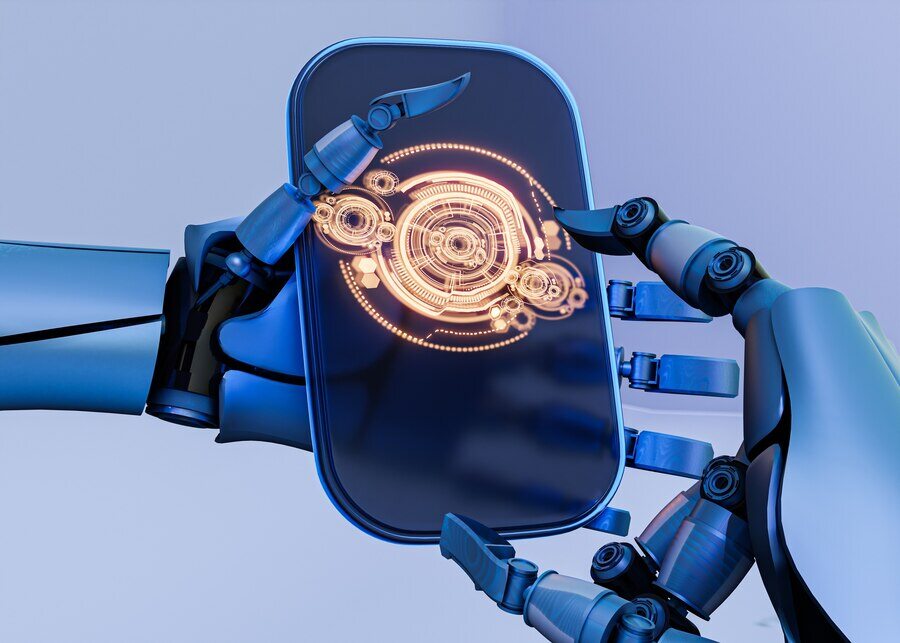

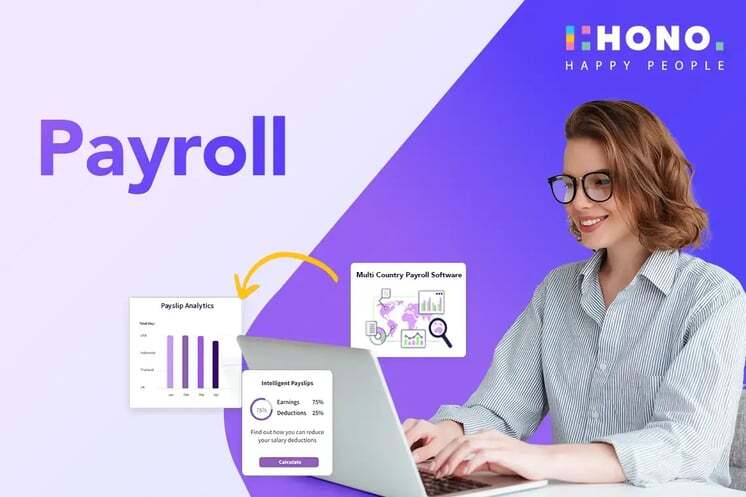

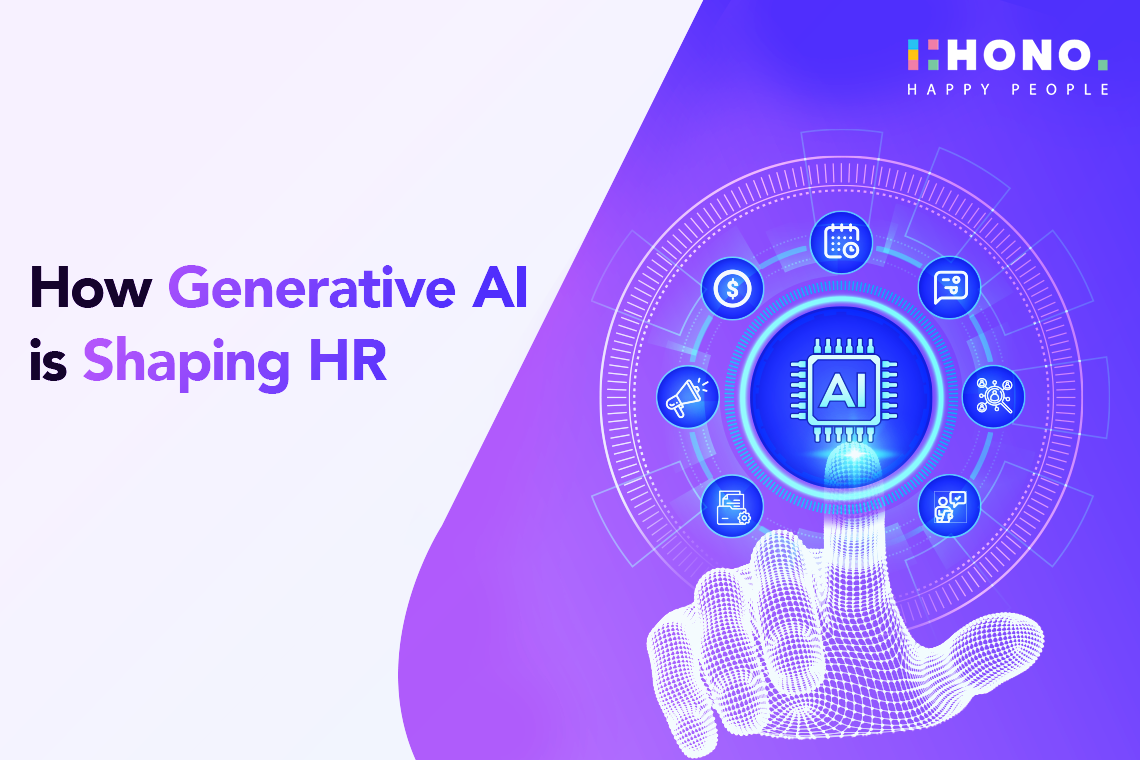
.jpg)
